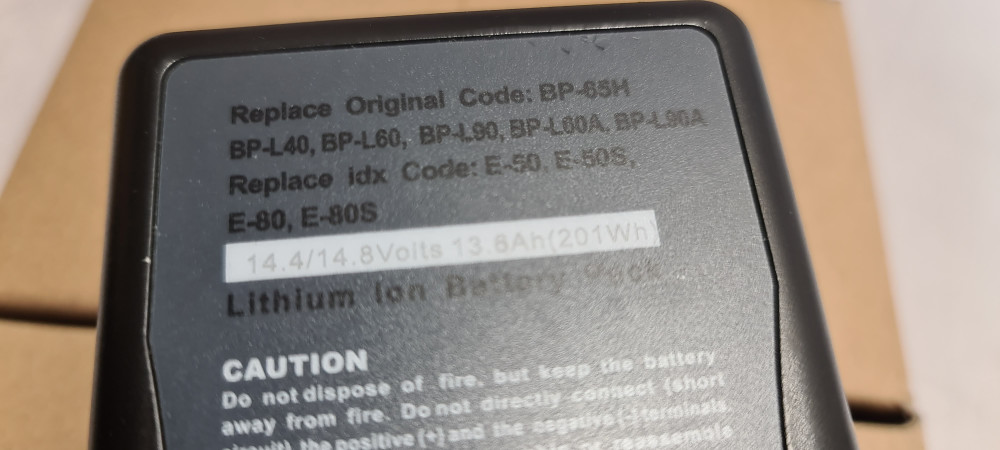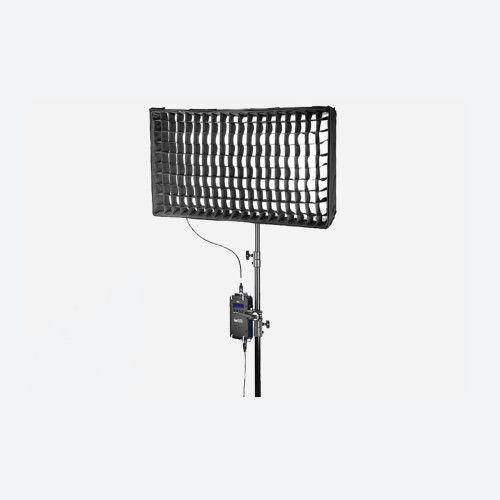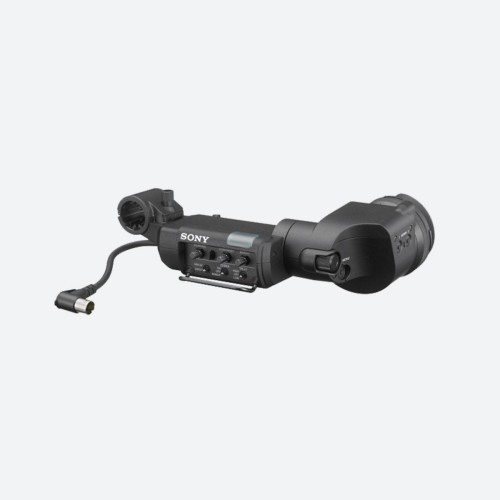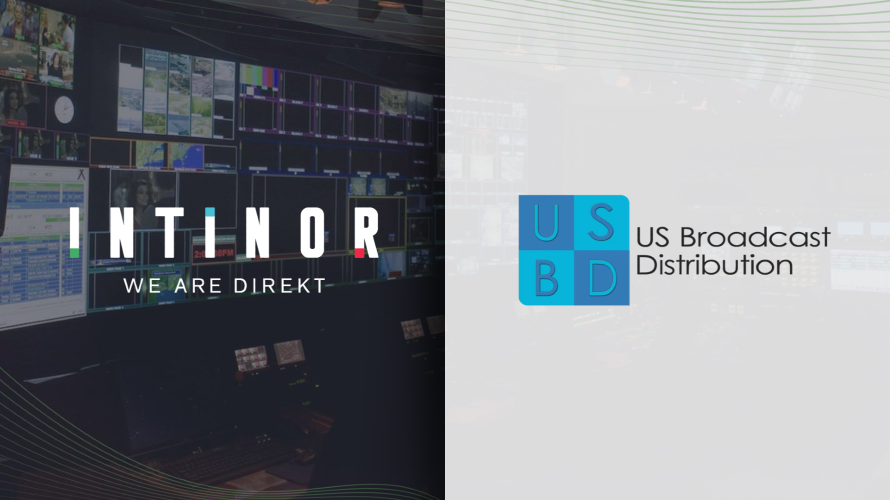At this time of year, in the run-up to NAB, my in-box is even more filled than usual with press releases craving my attention. It is one of the universal truths so unloved by PR people that the sheer weight of numbers threatens to overwhelm.
Smart companies use blatant tricks to get you to read. An honourable mention must go to the recent press release headline "Telestream demonstrates field-proven solutions for turning video into revenue". Oh how we would all love the secret of that trick.
Somewhat bucking the trend, another NAB exhibitor, Aberdeen (the storage specialist, not the venture capitalist) sent out not another press release, but an extended essay. This, I suspect, was generated centrally as it has little to do with the media market specifically. But on a whim I read it, and found it makes an interesting point.
Lynne Doughtie, the CEO of KPMG, is quoted near the beginning of the piece, saying "Today\'s top business leaders understand that long-term success... requires a new way of thinking. In fact, the corporate playbook is being replaced by one that takes business agility to a level we have never seen before.\"
Now plenty of companies in our industry talk a lot about business agility, and I agree that it is an important consideration. But it is not always immediately obvious what this means.
When the Aberdeen essay gets to the point, it is of course about storage systems, and what it suggests is a choice between "scale up\" and "scale out\" solutions. Essentially, in a scale-up solution you decide what your requirements are likely to be for the next five or 10 years, or whatever the lifetime of the capital investment is, and build it.
This is what broadcasters have been doing since the beginning of time. You take the back of an envelope, doodle on it some figures, decide what infrastructure you will need over the investment period, then go out, buy it and bolt it to the floor. In the case of storage, you might calculate that, in five years\' time, you will need online storage of 800 terabytes, so you go out and buy 800TB of spinning disks and controllers.
Apart from the obvious concern about whether you\'ve done the sums right, the issue with this - in today\'s business climate - is that you are tying up capital for the lifetime of the system. If you think you will eventually need 800TB and buy that, but only need 200TB today, then you have over-invested the cost of 600TB of storage.
But no-one would do that today, I hear you cry. You would buy a system that let you install today what you need today, then expand it as you need more storage. This is what Aberdeen calls its scale-out solution: you scale the system laterally as you need it.
What is admirable about this essay is that it explains clearly the pitfalls of this approach. "First, where all other things are constant, scale-up storage solutions cost less per byte than scale-out solutions,\" it states categorically. "Plain and simple, scale-up is less expensive per byte.\"
What it does not say, but what we should also remember, is that you have relatively little negotiating power during the scale-out phase. You are probably committed to one vendor, who has little interest in cutting you a great deal when you need more of what they have already sold you.
In the specific case of storage, you may not be able to take full advantage of falling costs. According to the Statistic Brain Research Institute (yes, there is such a thing), on a per gigabyte basis storage cost has dropped an average of more than a factor of 10, every five years for the past 35 years.
(Typo amusement: the footnote to the Aberdeen paper cites statisticsbrain.com as the source, which is a cheat site for "help\" with statistics homework. The real institute is at statisticbrain.com)
Aberdeen also points out that, with a scale-up solution - you build your future capacity - then all the heavy lifting is done at one point. You can bring in storage experts to design the network, watch them plumb it in, then wave them off to their next contracts.
To scale out, you need to keep those storage experts near at hand, to manage the installation of additional racks and to control the risks around bringing them online. This is a continuing cost which may not be immediately apparent at the time of the original project.
I am sure that, at NAB, will we hear a lot about how the industry is moving from a capital model to an operational model, and how much CFOs love opex because it gives them control over the cash flow. Clearly, this is not as simple an issue as some would paint it.












































